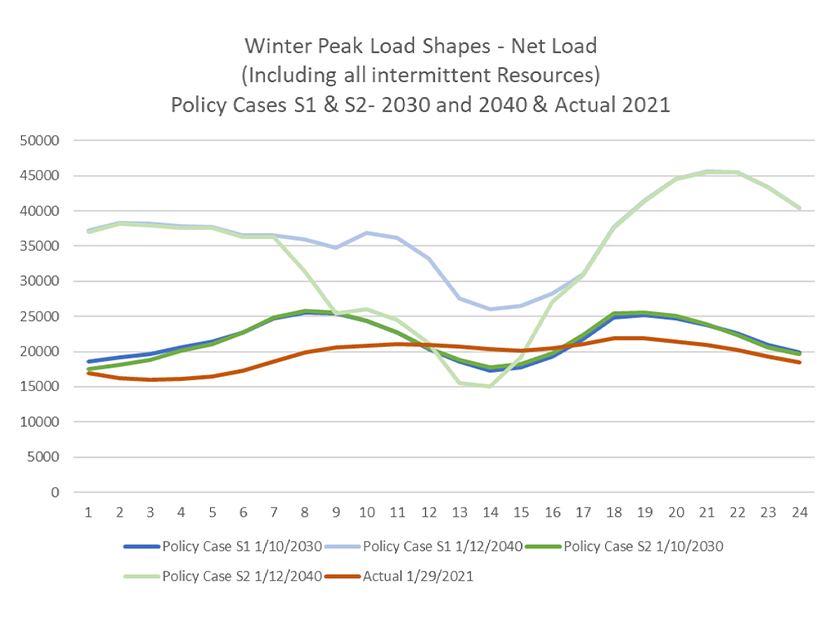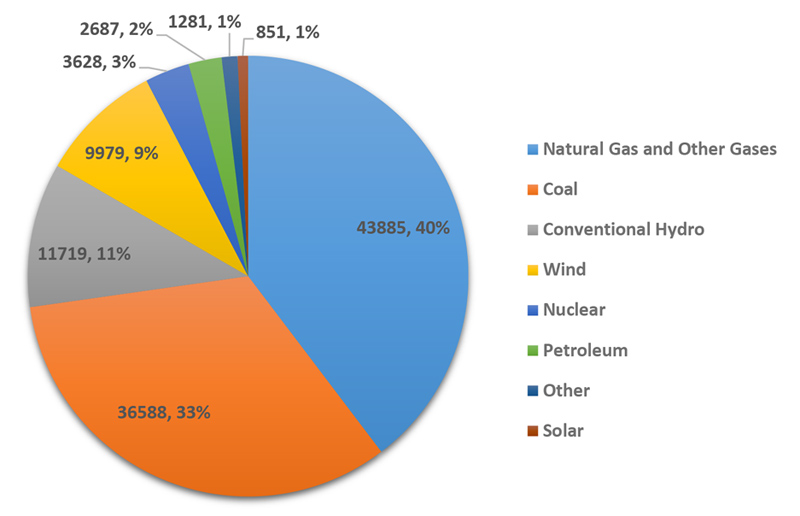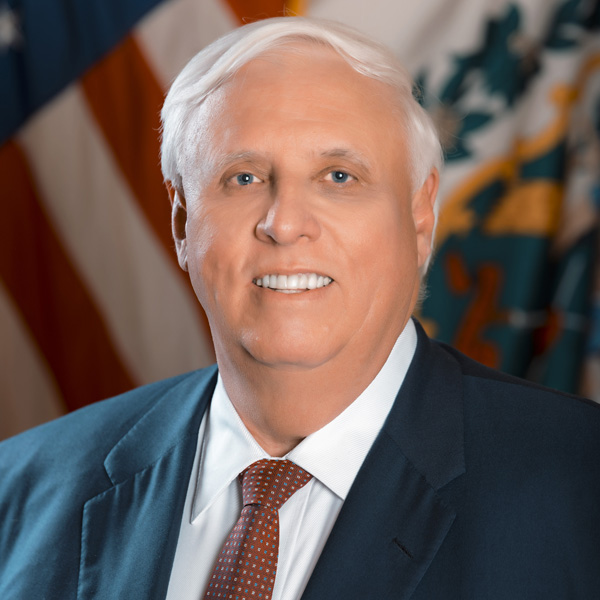Members Continue to Work on Relationship with New Board
ERCOT stakeholders last week continued to review and tinker with their processes as they work to forge a stronger working relationship with the grid operator’s new Board of Directors.
The Technical Advisory Committee has been directed by the board to come up with a procedural framework to “better involve the board and help educate the board.” The committee’s leadership has also been tasked with creating opportunities to interact with the board’s newly created Reliability and Markets (R&M) Committee.
The new board group has not finalized its charter yet, but it will be responsible for overseeing ERCOT’s core functions: planning, markets, reliability and resilience, and technology-related functions like information technology and project delivery.
That would seem to place another layer between the board and TAC. The stakeholder committee, comprising 30 market participant representatives in seven market segments, is assisted by four subcommittees and makes recommendations to the board regarding ERCOT policies and procedures. TAC is also responsible for prioritizing projects through protocol revision requests, system change requests and guide revision processes.
However, TAC Chair Clif Lange said the group will still have a direct line of communication with the board.
“[We’ll] still report to the board any activities that we’ve undertaken, and any sort of decisions that we’ve rendered in terms of interacting with the R&M Committee,” he said during TAC’s monthly meeting June 27, basing his comments on discussions he and Vice Chair Bob Helton have had with Directors Bob Flexon and Peggy Heeg.

The board now comprises eight independent directors, the Office of Public Utility Counsel’s interim public counsel and two nonvoting ex officio members. They replace a hybrid board of independent directors and market segment representatives that held office during the February 2021 winter storm and was criticized for not living in the state.
Flexon chairs the R&M Committee. He and Heeg will meet with Lange and Helton on July 11 to review TAC’s proposed procedural framework.
To prepare for that meeting, TAC members reviewed and discussed the results of their recent whiteboard session. (See “TAC Reviews Structure, Procedures,” ERCOT Briefs: Week of June 13, 2022.)
They agreed to put together a liaison delegation to advise and educate the R&M Committee on TAC decisions. The group would comprise TAC’s leadership and seated members as chosen by the seven market segments, with two representing the customer segment.
TAC wants to avoid a rigid formal structure with the delegation. Instead, members are recommending a conversational dialogue and inviting the board and R&M Committee to attend or listen to TAC meetings.
Addressing board concerns that ERCOT’s stakeholder-approval process takes too long, members have proposed a “shot clock” for revision requests by allowing a rule change’s sponsor to request a decisive vote be taken at TAC or the subcommittee level. A seconding motion would not be required, and motions to table would not be allowed to trump the vote.
The June Technical Advisory Committee meeting | ERCOT
“The stakeholder process has been a very effective way to help ensure that we have as few unintended consequences as possible … and having all of these different viewpoints weigh in. We actually get a better product because of that,” Golden Spread Electric Cooperative’s Mike Wise said, expressing the concerns of several other members. “I don’t want to [bypass the stakeholder process]. I think we should be concerned about it. But to speed up the process, that’s another issue.”
TAC is also under pressure to accelerate directives from the Texas Public Utility Commission through the stakeholder process. Lange said the issue has been raised in several forums.
“Some commissioners have stated they have concerns with the time,” Lange said. “The board has explicitly stated that this was something they wanted stakeholders to address.”
The committee has responded by proposing that ERCOT continue to draft revision requests that result from commission orders and file them with the R&M Committee, which could endorse the request and advance it to the full board, refer it to TAC, or send it directly to a TAC subcommittee.
“I understand the commission’s frustration with the time to get some things done, but the problem is the devil’s really in the detail,” said Nick Fehrenbach, who represents the city of Dallas in the consumer segment. “It may be a great idea what they’re ordering us to do, but how do we change the protocols to where there’s not unintended consequences? Are we going to end up with a situation where we’re having to appeal approved protocols rather than the normal stakeholder process?
“The cure may be worse than the disease. We’re on very thin ice and a very slippery slope,” he said. “We need caution here.”
The committee is recommending the appeals process of its decisions remain the same, with appellants taking their claims directly to the board. It is also proposing appeals could also be made to the R&M Committee, with it providing an opinion to the board.
TAC is also proposing its members have five years of experience in the electric industry, with OPUC’s appointed representatives to a residential consumer seat being exempted. The members would be required to be certified by their employer that they are authorized to make segmental decisions, with alternate representatives expected to meet the same standards.
 TAC leadership Bob Helton (left), Engie, and Clif Lange, STEC | ERCOT
TAC leadership Bob Helton (left), Engie, and Clif Lange, STEC | ERCOT“The board wants decision-makers, not note-takers,” Lange said.
Members pushed back against an earlier suggestion last year that TAC comprise officer-level representatives from their companies. (See “Members Push Back Against Revamped TAC Structure, Conservative Ops,” ERCOT Technical Advisory Committee Briefs July 28, 2021.)
TAC’s subcommittees are completing self-assessments to determine whether the groups are still necessary and whether additional efficiencies can be added as part of an annual review process. The subcommittee’s structural and procedural review meeting will be held in September.
SCT Project Moves Closer to Reality
TAC gave the Southern Cross Transmission (SCT) project — a merchant long-haul HVDC transmission line that would connect ERCOT with systems in the SERC Reliability region — its biggest boost yet by endorsing the final three ERCOT white papers addressing PUC directives to determine how to reliably interconnect the project. (See Texas Regulators Boost Southern Cross Project.)
The committee endorsed, without opposition:
- Directive 1: creates a new market participant type, “Direct Current Tie Operator,” after consultation with stakeholders. SCT has told ERCOT it does not plan to join an appropriate market segment at this time, leading staff to conclude no bylaw revisions are needed at this time.
- Directive 11: finds that costs identified by the PUC have been appropriately addressed by resolving each of the commission’s 14 directives and through a memorandum of understanding between ERCOT and SCT.
- Directive 12: determines that costs associated with DC tie exports have been sufficiently addressed by the other directives’ resolution and that no further revision to any cost allocation mechanism is necessary.
Garland Power & Light, which owns the project’s western endpoint and holds a certificate of convenience and necessity granted by the PUC in 2017, abstained from all three votes. Calpine and Luminant joined GP&L in abstaining from Directive 11.
Assuming the ERCOT board approves the white papers during its August meeting, that will only leave Directive 2, which requires the grid operator to enter a coordination agreement with the balancing authority on the eastern end of the SCT project. The project’s developers have said that directive is not necessary to the PUC’s review and can be completed and closed at a later date.
The project would be capable of carrying 2 GW of power between Texas and SERC over a 400-mile, double-circuit 345-kV line. The project has FERC approval and a waiver from its jurisdiction.
The project has been under regulatory review for more than seven years. PUC Commissioner Jimmy Glotfelty has taken the agency’s lead on SCT and filed a memo in January that said it’s time that the commission and ERCOT “close a chapter” on the project and allow it to “stand or fail on its own economic merits.” He believes the review can be finished by the end of October (46304).
“It appears that both ERCOT and Southern Cross are on the same page and have been working well together over the years with the goal of completing the review [and] directives,” Glotfelty wrote.
He suggested that interconnection and transmission planning issues associated with DC lines be included in a PUC rulemaking that would add a consumer benefit test for new transmission projects.
Staff Apologize for Credit Error
Kenan Ögelman, ERCOT’s vice president of commercial operations, apologized to members for the math error that led to the board last month tabling a rule change endorsed by TAC that lowers counterparties’ unsecured credit limit from $50 million to $30 million. (See ERCOT Board of Directors Briefs: June 21, 2022.)
“We should have caught that error. It’s a relatively easy check. I should have caught it,” Ögelman said. He said staff are developing a process going forward “where we triple check those results and catch errors before they make it out publicly.”
Staff’s June presentation to the board included a slide designed to show the drop in outstanding unsecured collateral as the limit is ratcheted down. Instead of decreasing the unsecured collateral for participants above the $30 million limit, the error decreased it to zero.
Ögelman said TAC would see the revised calculations during its meeting this month, with the board again taking up the issue during its August meeting.
“We pride ourselves in providing accurate analysis to both TAC and the board, and I don’t think we met that standard with that presentation,” he said.
Controllable Load Resource Changes
TAC took up only three changes during the meeting, endorsing a nodal protocol revision request (NPRR) and an accompanying other binding document revision request (OBDRR) on its consent agenda.
- NPRR1131: changes controllable load resource’s participation in non-spinning reserve from offline to online non-spin. The change sets a bid floor of $75/MWh, equivalent to generation resources’ offer floor when providing online non-spin. If a qualified scheduling entity also assigns responsive reserve (RRS) and/or regulation up service to a controllable load resource that has been assigned non-spin, the sum of RRS, reg-up and non-spin ancillary service resource responsibilities will be assigned a $75/MWh offer floor.
- OBDRR040: removes the controllable load resource providing non-spin schedules and regulation service schedules from the capacity calculations to align with NPRR1131.
The committee tabled NPRR1127, which clarifies the ERCOT entities required to have hotline and 24/7 communications with the grid operator and requires them to answer each hotline call.









